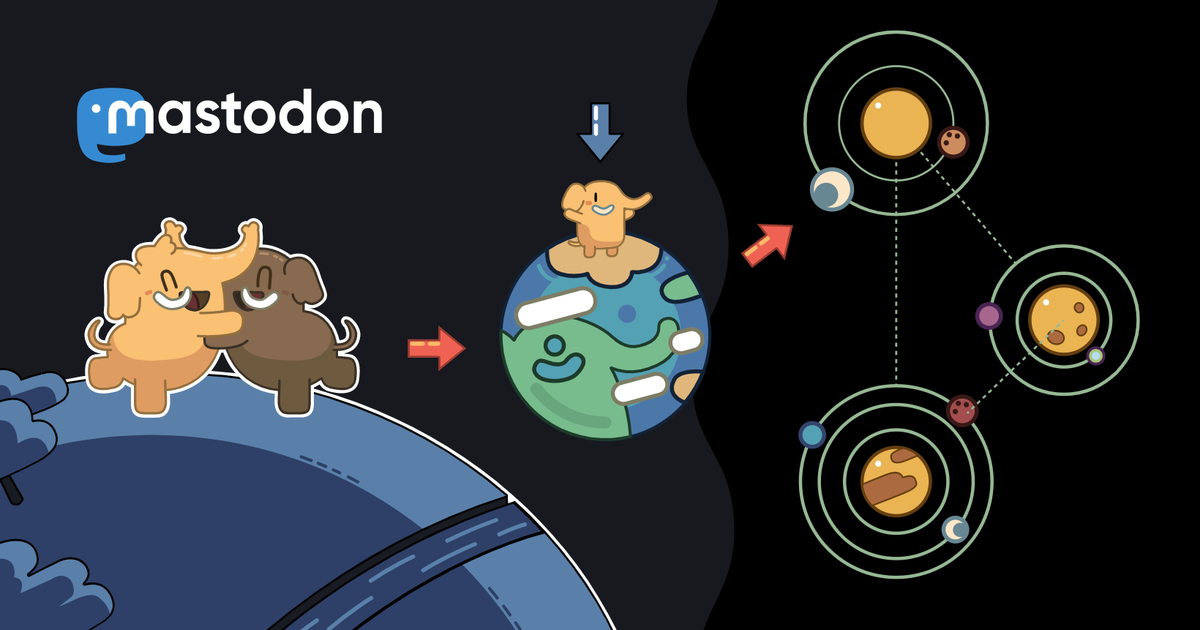Stefan F. Wirth<p>My photo from 2019 shows a <a href="https://biologists.social/tags/treetrunk" class="mention hashtag" rel="nofollow noopener" target="_blank">#<span>treetrunk</span></a> in the <a href="https://biologists.social/tags/Berlin" class="mention hashtag" rel="nofollow noopener" target="_blank">#<span>Berlin</span></a> <a href="https://biologists.social/tags/winter" class="mention hashtag" rel="nofollow noopener" target="_blank">#<span>winter</span></a>, which has not fallen off all its dried <a href="https://biologists.social/tags/autumnleaves" class="mention hashtag" rel="nofollow noopener" target="_blank">#<span>autumnleaves</span></a>. In autumn, many <a href="https://biologists.social/tags/deciduous" class="mention hashtag" rel="nofollow noopener" target="_blank">#<span>deciduous</span></a> <a href="https://biologists.social/tags/trees" class="mention hashtag" rel="nofollow noopener" target="_blank">#<span>trees</span></a> cork the xylem connections of their leaves so that they do not evaporate more water than the tree can absorb through its roots. The <a href="https://biologists.social/tags/withered" class="mention hashtag" rel="nofollow noopener" target="_blank">#<span>withered</span></a> <a href="https://biologists.social/tags/fallenleaves" class="mention hashtag" rel="nofollow noopener" target="_blank">#<span>fallenleaves</span></a> serve as a <a href="https://biologists.social/tags/microhabitat" class="mention hashtag" rel="nofollow noopener" target="_blank">#<span>microhabitat</span></a> for specialized <a href="https://biologists.social/tags/decomposing" class="mention hashtag" rel="nofollow noopener" target="_blank">#<span>decomposing</span></a> <a href="https://biologists.social/tags/soilorganisms" class="mention hashtag" rel="nofollow noopener" target="_blank">#<span>soilorganisms</span></a>. If old leaves remain on the tree, the organisms there will begin <a href="https://biologists.social/tags/decomposition" class="mention hashtag" rel="nofollow noopener" target="_blank">#<span>decomposition</span></a> processes.</p><p>© <a href="https://biologists.social/tags/StefanFWirth" class="mention hashtag" rel="nofollow noopener" target="_blank">#<span>StefanFWirth</span></a> Berlin 2019/2024</p>
mstdn.social is one of the many independent Mastodon servers you can use to participate in the fediverse.

A general-purpose Mastodon server with a 500 character limit. All languages are welcome.
Administered by:
Server stats:
9.3Kactive users
mstdn.social: About · Status · Profiles directory · Privacy policy · Terms of service
Mastodon: About · Get the app · Keyboard shortcuts · View source code · v4.4.1
#soilorganisms
0 posts · 0 participants · 0 posts today
NIOO-KNAW<p>New publication: Typical <a href="https://social.edu.nl/tags/earthworm" class="mention hashtag" rel="nofollow noopener" target="_blank">#<span>earthworm</span></a> assemblages of European <a href="https://social.edu.nl/tags/ecosystem" class="mention hashtag" rel="nofollow noopener" target="_blank">#<span>ecosystem</span></a> types. <a href="https://social.edu.nl/tags/biogeography" class="mention hashtag" rel="nofollow noopener" target="_blank">#<span>biogeography</span></a> <a href="https://social.edu.nl/tags/ecosystemtypes" class="mention hashtag" rel="nofollow noopener" target="_blank">#<span>ecosystemtypes</span></a> <a href="https://social.edu.nl/tags/habitatclassification" class="mention hashtag" rel="nofollow noopener" target="_blank">#<span>habitatclassification</span></a> <a href="https://social.edu.nl/tags/soilorganisms" class="mention hashtag" rel="nofollow noopener" target="_blank">#<span>soilorganisms</span></a><br><a href="https://doi.org/10.1111/ejss.13584" rel="nofollow noopener" translate="no" target="_blank"><span class="invisible">https://</span><span class="">doi.org/10.1111/ejss.13584</span><span class="invisible"></span></a></p>
Michael ヘビ Steinwandter<p><a href="https://fediscience.org/tags/MountainMonday" class="mention hashtag" rel="nofollow noopener" target="_blank">#<span>MountainMonday</span></a>: happy to share our recent <a href="https://fediscience.org/tags/AlpSoil_Lab" class="mention hashtag" rel="nofollow noopener" target="_blank">#<span>AlpSoil_Lab</span></a> paper on soil fauna in <a href="https://fediscience.org/tags/mountain" class="mention hashtag" rel="nofollow noopener" target="_blank">#<span>mountain</span></a> meadows and mixed forests.</p><p>As agricultural areas are limited in mountain regions, they need to be used efficiently and therefore <a href="https://fediscience.org/tags/grasslands" class="mention hashtag" rel="nofollow noopener" target="_blank">#<span>grasslands</span></a> often are embedded in <a href="https://fediscience.org/tags/forests" class="mention hashtag" rel="nofollow noopener" target="_blank">#<span>forests</span></a> with no buffer zones (field margins).<br>--> well separated <a href="https://fediscience.org/tags/SoilFauna" class="mention hashtag" rel="nofollow noopener" target="_blank">#<span>SoilFauna</span></a> communities, but the missing ecotones impede their exchange.</p><p><a href="https://fediscience.org/tags/OpenAccess" class="mention hashtag" rel="nofollow noopener" target="_blank">#<span>OpenAccess</span></a> paper in <a href="https://fediscience.org/tags/SoilOrganisms" class="mention hashtag" rel="nofollow noopener" target="_blank">#<span>SoilOrganisms</span></a> --> <a href="https://soil-organisms.org/index.php/SO/article/view/338/325" rel="nofollow noopener" target="_blank"><span class="invisible">https://</span><span class="ellipsis">soil-organisms.org/index.php/S</span><span class="invisible">O/article/view/338/325</span></a></p><p><a href="https://fediscience.org/tags/EuracResearch" class="mention hashtag" rel="nofollow noopener" target="_blank">#<span>EuracResearch</span></a> <a href="https://fediscience.org/tags/AlpEnv" class="mention hashtag" rel="nofollow noopener" target="_blank">#<span>AlpEnv</span></a> <a href="https://fediscience.org/tags/SoilBiodiversity" class="mention hashtag" rel="nofollow noopener" target="_blank">#<span>SoilBiodiversity</span></a></p>
TrendingLive feeds
Mastodon is the best way to keep up with what's happening.
Follow anyone across the fediverse and see it all in chronological order. No algorithms, ads, or clickbait in sight.
Create accountLoginDrag & drop to upload